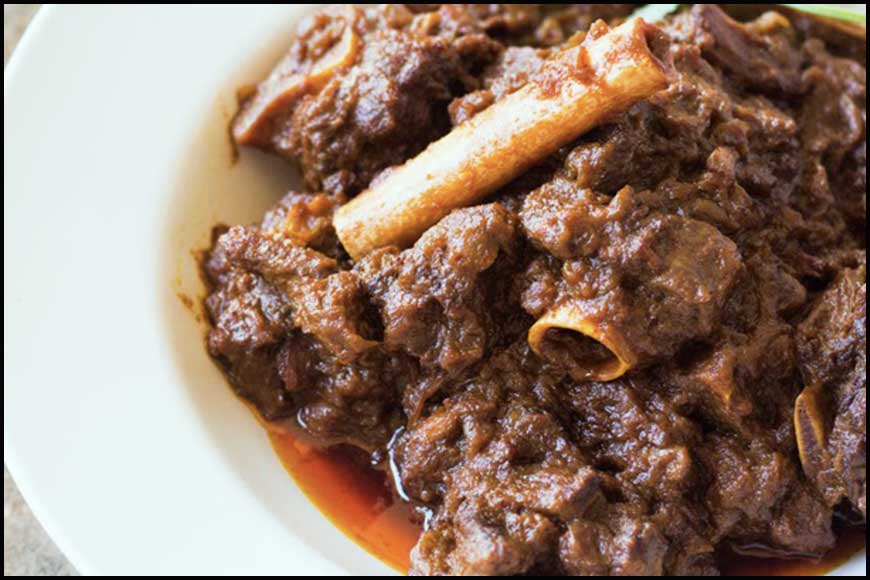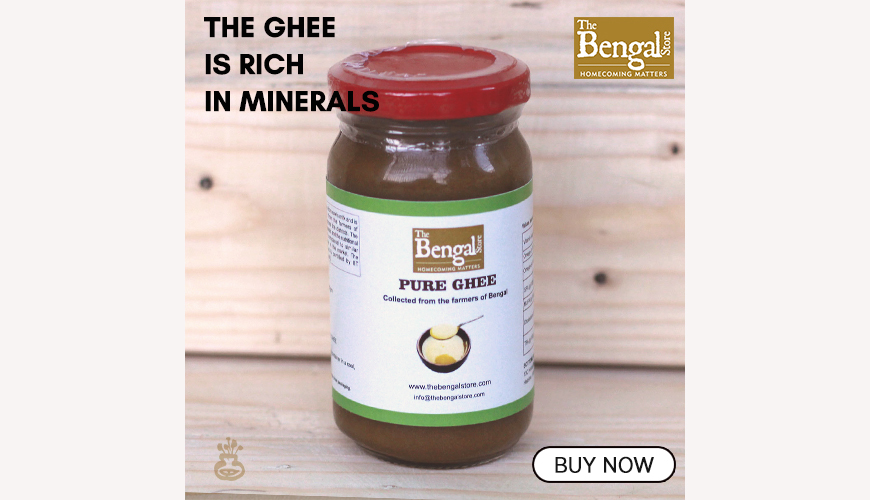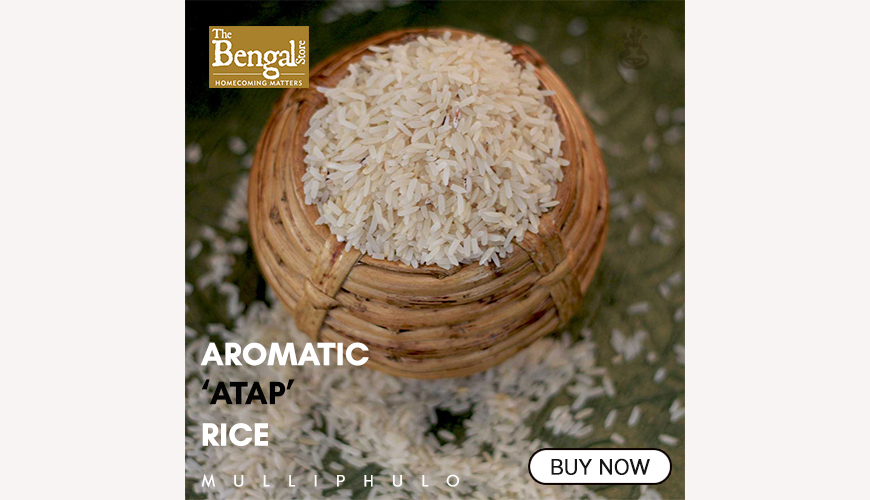Mahabharat and Mangal kabya trace the entry of mutton in Bengali kitchens!

Every Sunday, a standard Bengali household kitchen sends a whiff of that spicy aroma, one would die for --- Bangali r Kosha Mangsho. The dish that has seen many forms over the centuries, yet Bengali’s Kasha Mangsho has always ruled the roost. Yet, one wonders how such mutton recipes came on the plates of Bengalis? According to epic Mahabharata, meat is the most delectable, nutritious and indispensable delicacy. At the same time, Mahabharata also mentions the need to reject meat to practice non-violence. In those days non-Aryans had a practice of eating domestic animals like pigeons, ducks and hens. According to Suniti Kumar Chattopadhyay’s Bharatbashir Ahar, one can find the use of spices in meat even in Kautilya’s Arthashastra.
Dharmamangal and Padmapuran while discussing popular dishes of medieval Bengal, mentions mutton dishes along with spinach as being a popular food item. Padmapuran in particular mentions a list of vegetarian and non-vegetarian dishes cooked at Behula’s wedding. For example, shukto prepared with boiled cane leaf, fried jute leaf, helencha (Indian spinach) fried in ghee, moong dal, tilbada and tilkumda, paltar shak and shuktoni with ginger savour, ambal made with ripe banana, chital peti (a part of the fish’s body) fried with byasan, and ofcourse mutton and meat of deer, pigeon and turtle that were very popular at that time.
Incidentally, in the colonial era, Bengalis learnt several meat dishes from the Portuguese, Dutch, French and the British. Bengalis cook rice with meat like the Dutch do. Following the British, Bengal also calls the meat edibles as chop or cutlet, but when it comes to the process of preparation, we are inspired more by the Portuguese. Biplab Majhi’s Atma Smitricharan brings back fond memories of devouring the good old mangsho bhaat for a Sunday lunch. “The incredible combination of mutton and rice on a Sunday was like the chemistry of Uttam- Suchitra,” that’s what the author mentions.
There were households where chicken was strictly forbidden. Even if it was allowed, the process of de-skinning the chicken used to take place in the backyards of the houses and women of many households refrained from eating chicken. Be it the spicy red Mutton curry or a light curry with papaya, mutton that sold for just four anas was not a pocket pinch too like these days. Bengalis had also a great fascination for left-over mutton. Jashodhara Roychowdhury’s Annapurna Bhandar says, ‘The older the cooked mutton gets, the taste gets all the more enhanced. This is more a rule of the kitchen Bible.’ It is known that devouring an entire goat was not a huge task for Raja Ram Mohan Roy. Even Swami Vivekananda could easily eat mutton ghugni with four chapatis when he was a child.
Also read : Try this recipe from Benudir Rannaghar
Leela Majumdar’s Kheror Khata, narrates a hideous tale of how a man broke the ‘chicken inhibition’ of his domestic help. ‘He would not touch meat or fish. Even if I cooked it on stove, he would pass offensive comments. One day, I entered the kitchen with two chickens. He was scandalized. I threatened him to cut and cook them. He vehemently refused but eventually, had to succumb to my pressure. I did not say anything more. I thought that he would get accustomed with this process with time. The next day, to my surprise, I found out that he had not only taken the effort of buying chicken and cooking it, but had also kept a little bit of it aside for himself. Never did I ever face a problem with consuming chicken since then.’
The excitement related to preparation of mutton in a Bengali household is well portrayed in Amit Patanayak’s Nonajamin too. ‘Our happiness knew no bounds when we knew that mutton would be prepared. Mouluddin kaka did not chop the mutton. Baba or any other family member used to do with the help of a ‘katari’. The maid used to mix the spices and marinate the meat. Baba used to cook it with potatoes at night. We used to get impatient with every passing moment. We often dozed off to sleep but the aroma used to keep us going. After the cooking was through finally, we used to sit down to eat. A piece of potato and liver was simply imperative apart from two pieces of mutton. That was enough for us to eat the much-awaited meal with utmost satisfaction.’
 After Partition, the meat recipes from Opaar Bangla brought in a subtle taste of a strong Muslim influence. But Bengal’s Muslims cooked mutton more subtly than their counterparts in Northern India. They use yoghurt and lemon juice, in place of cream, which is richer and also heavier. One of their most exquisitely flavoured dishes is the Rezala - mutton cooked in a gravy of lemon, yoghurt, milk, green chilli and a host of spices that is as celebrated in both West Bengal and Bangladesh today.
After Partition, the meat recipes from Opaar Bangla brought in a subtle taste of a strong Muslim influence. But Bengal’s Muslims cooked mutton more subtly than their counterparts in Northern India. They use yoghurt and lemon juice, in place of cream, which is richer and also heavier. One of their most exquisitely flavoured dishes is the Rezala - mutton cooked in a gravy of lemon, yoghurt, milk, green chilli and a host of spices that is as celebrated in both West Bengal and Bangladesh today.
The love of Bengalis towards mutton has remained unaltered throughout the ages. Pressure cooker became an indispensable aspect of preparing mutton. The sound of pressure cooker and the aroma of mutton still is an integral part of Sunday mornings. By the very aroma, the entire neighbourhood becomes aware of the whereabouts of your kitchen on that very day. Mutton and rice, of course is a lethal combination every Bengali would die for. But one cannot forget another cult food of Bengalis --luchi mangsho. It is almost like a celebration of the spirit of Bangaliyana. As long as Bengalis continue to exist, our mangsho- bhaat will never lose its significance.











